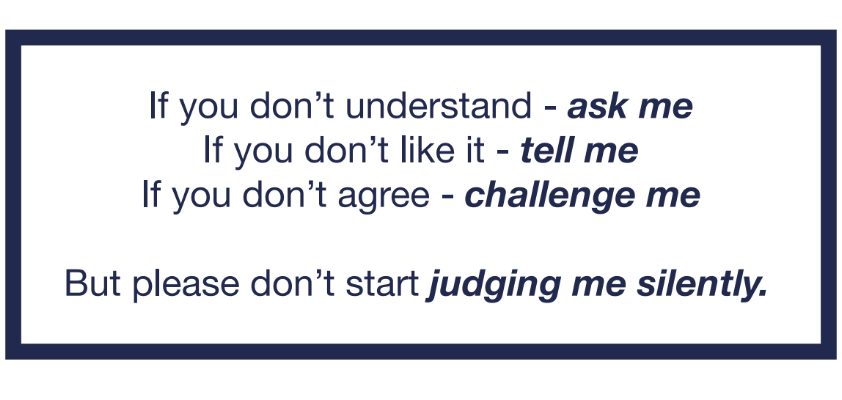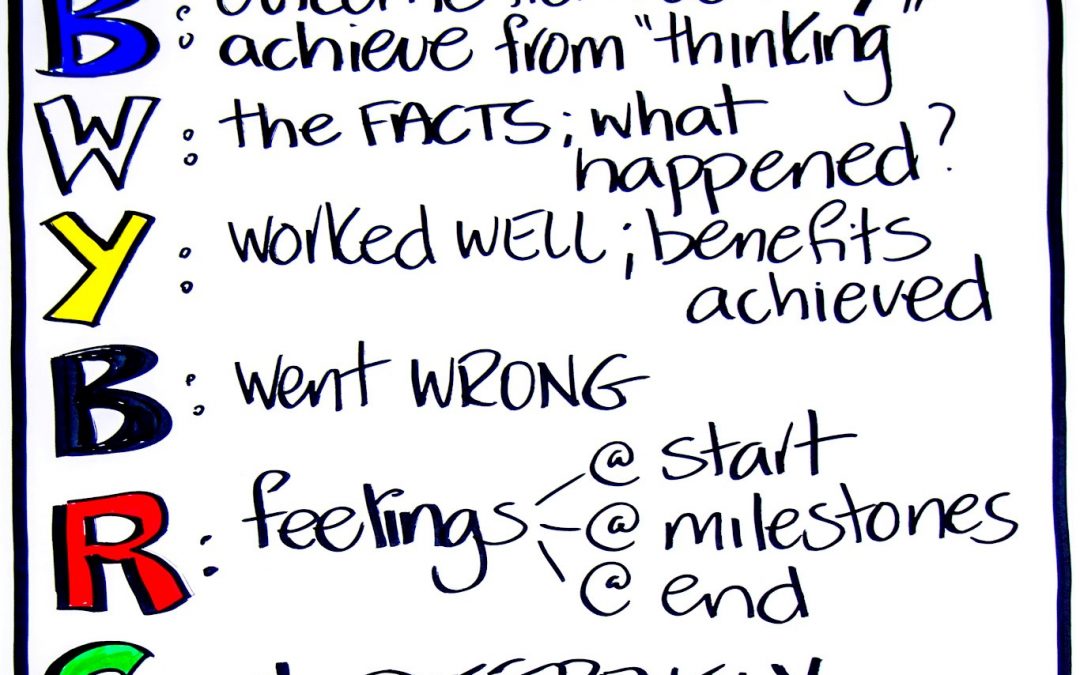Over this last month we have been involved in many conversations sharing what is happening for others and for our businesses – and most of these people are in small to medium business. After talking about the feelings of overwhelm – from too much work or too little or for some in slighter larger businesses having to retrench employees and feeling morally defeated by this action…I am delighted that we have started to shift the conversation to what can we “do” to support each other, to create different actions and energy. We say we are all in this together but my perception has been that our actions to date have not always been supporting our words! For many it has been a time to “bunker down” and just get stuff done.
So now is a great time for words and action to start matching don’t you think? We are nearing 6 months of being informed we were all in this together.
Are we truly in this together?
Here is a personal call out for each of us to think about the actions we can undertake to support our fellow business colleagues during these “unprecedented times” and truly demonstrate that we ARE in this together.
These are 6 things we can all do with those business people close to us and with our family members who are in business so we start to match words and actions of being in this together:
- Really sit and listen to what is happening in their world without giving advice
- Ask questions that invite the sharing of potential
- Explore your current situations together without judgement
- Expand your thinking, bring a new set of eyes to discover possibilities for the future
- Seek ways to overtly support each other in the world of business
- Encourage regular reflection so you learn together.
Listen
When we sit in a conversation and experience people in a tough place as humans, we have an innate need to rescue them by giving advice, telling them what they can do, sharing our experiences and thoughts. While our intentions are wonderful, our execution is often not so wonderful and we can often be surprised at how rapidly the person retreats or becomes defensive of their actions.
The challenge is to sit and really listen to what is happening in their world without giving advice – an earlier blog referred to the importance of bringing a listening mindset to our conversations:
When you make it clear you are creating a space for them to talk and for you to listen it can be amazing what results from this outpouring for them. This re-frame means you are there to help them make their own sense of what is happening for them. They happily realise they are not going to be required to justify themselves, their actions, their thinking or lack of thinking in some cases. When people feel cornered having to respond to leading questions – like “have you, did you, could you, why did you…?” – they can become defensive and start switching off from being present in the conversation and rather looking for a way to escape or change the subject.
So your first action is to really start listening to your colleagues.
Ask questions to share potential
With practice you will find the optimal time to switch from listening to asking questions that enable a sharing of potential. This is very different from the questions many people currently ask – where potential is not being shared, rather the questions are about pointing people in the right direction of the solution they have in their head – and the questions are about steering and ”leading them” to this solution, as mentioned above.
With practice you will also get better at finding questions that open the person up to this potential rather than eliciting defensive responses, look at these for some examples:
- What assumptions do you think you made that enabled you to get into this situation?
- On reflection what didn’t you know that may have helped had it become evident earlier?
- What got in your way during this situation and prevented greater clarity of thought?
- What excites you about the learning that is available to you?
Notice they are “what” questions – because these types of questions draw people toward you with curiosity and intrigue and openness – while “why” questions elicit defensiveness because we feel like we have to justify ourselves and protect ourselves from judgement.
Your second action is to really think about the kinds of questions you can ask so you are sharing potential rather than giving advice – a big difference. Be intentional with your questions, we suggest you don’t rely on winging it or gut instinct in the moment.
Explore the current without judgement
Again with practice and experience you will get better at finding the optimal time to transition into the phase where you want to explore their current situation without judgement. Having shared the potential and encouraging them to dig deep into the issue they are now ready to pull it all together and explore the “so what”:
- What does this all mean?
- What do I do with everything I now know?
- Is there anything I don’t know?
- What is my greatest fear?
Be sure not to judge and especially don’t judge silently! If there is the sniff of judgement then try asking questions to dig deeper and this quote helps frame what we want to do when engaged in a conversion to explore the current:

Your third action powerfully supports your colleague to make sense of their current situation and answer the “so what” question – so important for personal well being and motivation.
Expand your thinking
As you come to a logical end of the exploration of the current, it is time to step into “what if…” using expansive thinking and  bringing a new set of eyes to discover possibilities for the future. In our experience this is often best done after a short break.
bringing a new set of eyes to discover possibilities for the future. In our experience this is often best done after a short break.
Everyone benefits when you both bring an open mind, an open heart and open will. It is important to frame this up at the start of this phase and agree to call each other when you slip into the voice of judgement, cynicism or fear!
Again it has been mentioned in earlier blogs that it may be useful to envisage the future over shorter time spans given the world we currently live in . A colleague recently prompted me into thinking of four useful time spans, as such:
- Next 30 days
- Next 90 days
- 3 years
- 9 years
I am feeling confident I can work with these time spans in a constructive and inspiring way!
So your fourth action promotes expansive thinking into the “re-imagined” future.
Seek ways to support each other
While as colleagues or friends or family we know we are totally supportive of each other I don’t think we have been great at overtly supporting each other in the world of business. What this looks like at a very simple and basic level is:
- Connecting on LinkedIn, liking their posts and commenting on their posts
- Actively referring people – not just a mention but an active referral with specific actions around meeting up or sending information
- Determine how you might mentor each other in using your highly specific subject matter expertise – for example – sales mentoring
- Help each other to broaden connections – networking groups, friendship groups, sporting groups
- Write articles/thought leadership pieces together, present together – bring an abundance mindset to how you could work together
Your fifth action brings tangible and concrete things you are going to do to really support each other. This results in feeling good about your future and ignites lots of activity that will ultimately lead to results.
Encourage regular reflection so you learn together
 Reflection is the most critical activity of the high performer so it is important that you get together regularly – say every month – and take a disciplined approach to reflecting on the previous month. We have found Edward De Bono’s 6 Thinking Hats is the perfect framework to elicit strong insights and deep learning. Want more information? Just give us a call or send an email and we are happy to share more.
Reflection is the most critical activity of the high performer so it is important that you get together regularly – say every month – and take a disciplined approach to reflecting on the previous month. We have found Edward De Bono’s 6 Thinking Hats is the perfect framework to elicit strong insights and deep learning. Want more information? Just give us a call or send an email and we are happy to share more.
Your final and sixth action ignites deep learning so you can both adjust the kind of activity you bring in each of the earlier steps.
How can I get started?
In the next week take these steps to one of your regular groups of business people you work with or network with or even just one close business friend/colleague. Keep it simple and start small.
Please connect with us, we would love to hear how you go and what really works for you – let’s share our learning and insights and keep growing stronger together.








